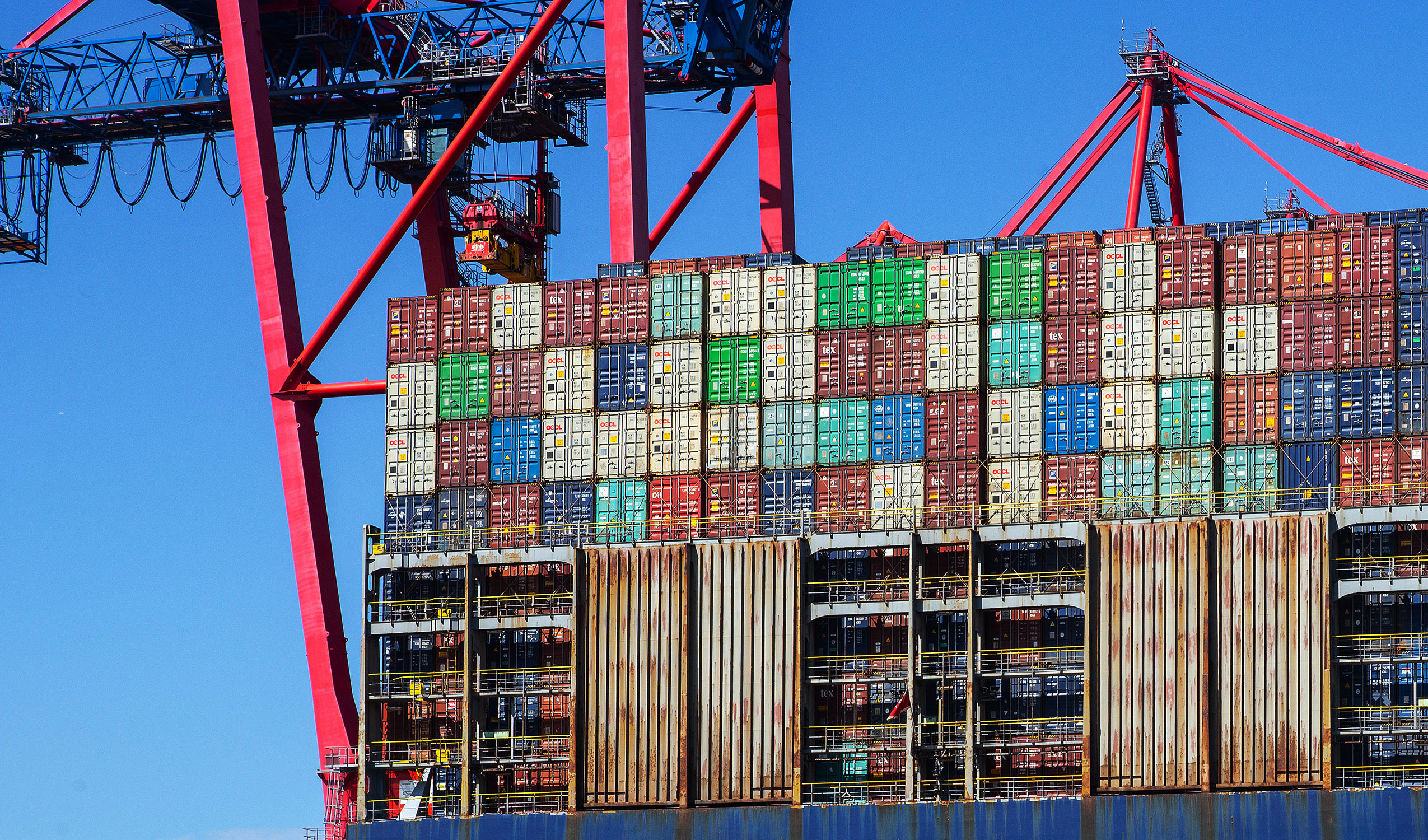
IATA presented additions to its dangerous goods regulations at the end of April
On April 30, 2024, the International Air Transport Association IATA published additions and corrections to the 65th edition of the IATA Dangerous Goods Regulations (DGR). The changes mainly relate to the transportation of aerosols and radioactive substances, as well as the transportation of battery-powered mobility aids such as wheelchairs on aircraft. A new annex provides information for the first time on planned innovations for 2025 and 2026. After all, it is about future technologies such as the safety of sodium-ion batteries.



 The Cargo Integrity Group is a partnership of industry associations that want to raise awareness of the CTU Code and increase its acceptance.
The Cargo Integrity Group is a partnership of industry associations that want to raise awareness of the CTU Code and increase its acceptance.
